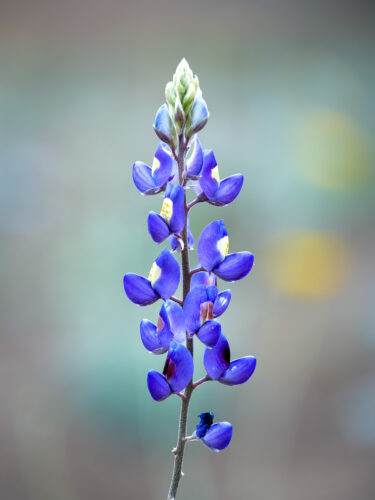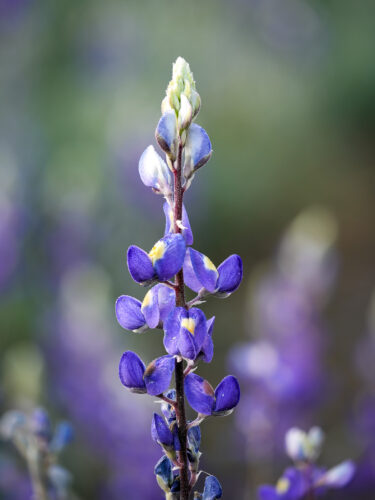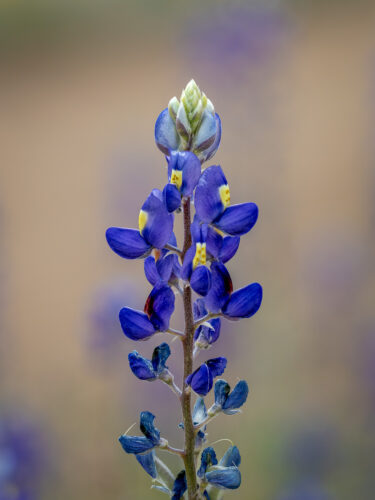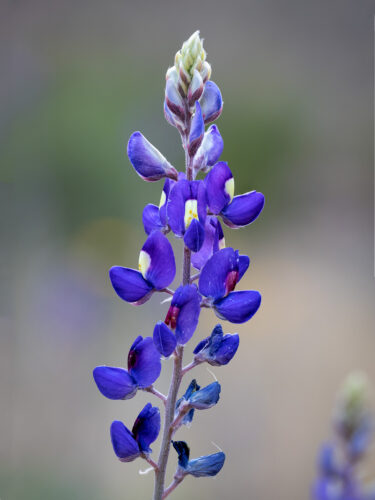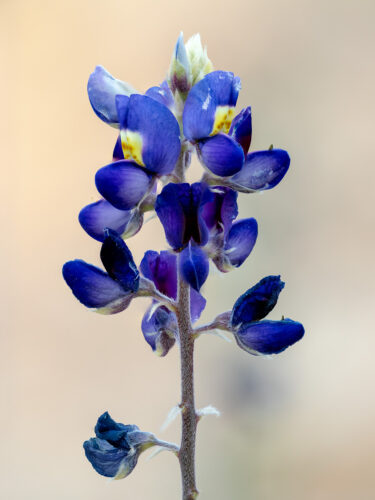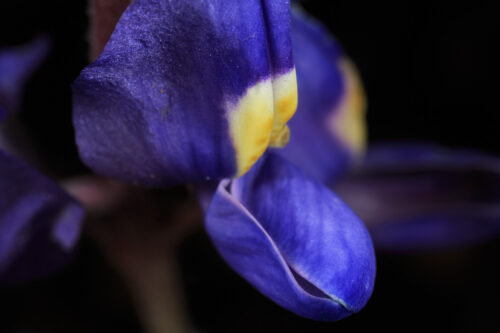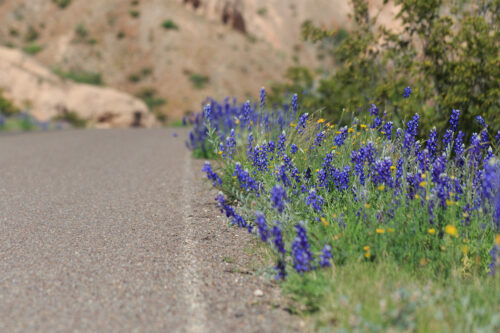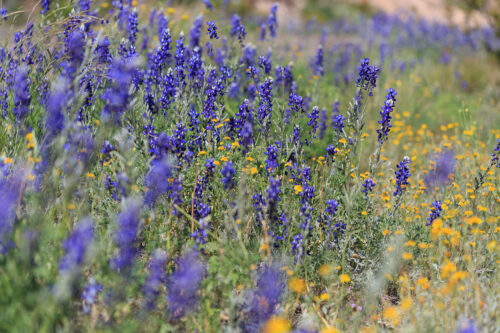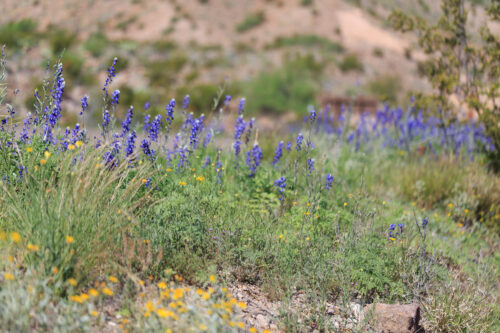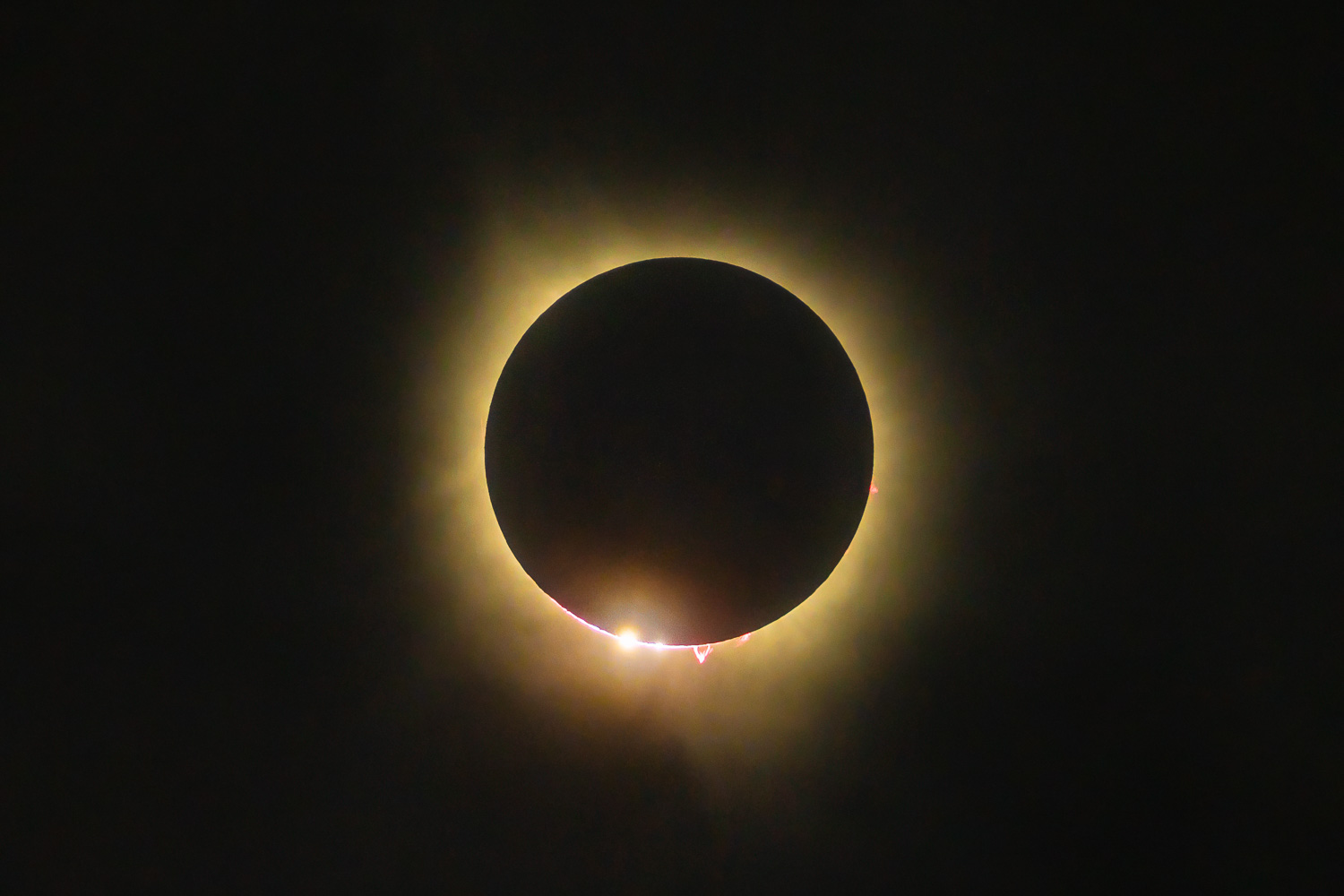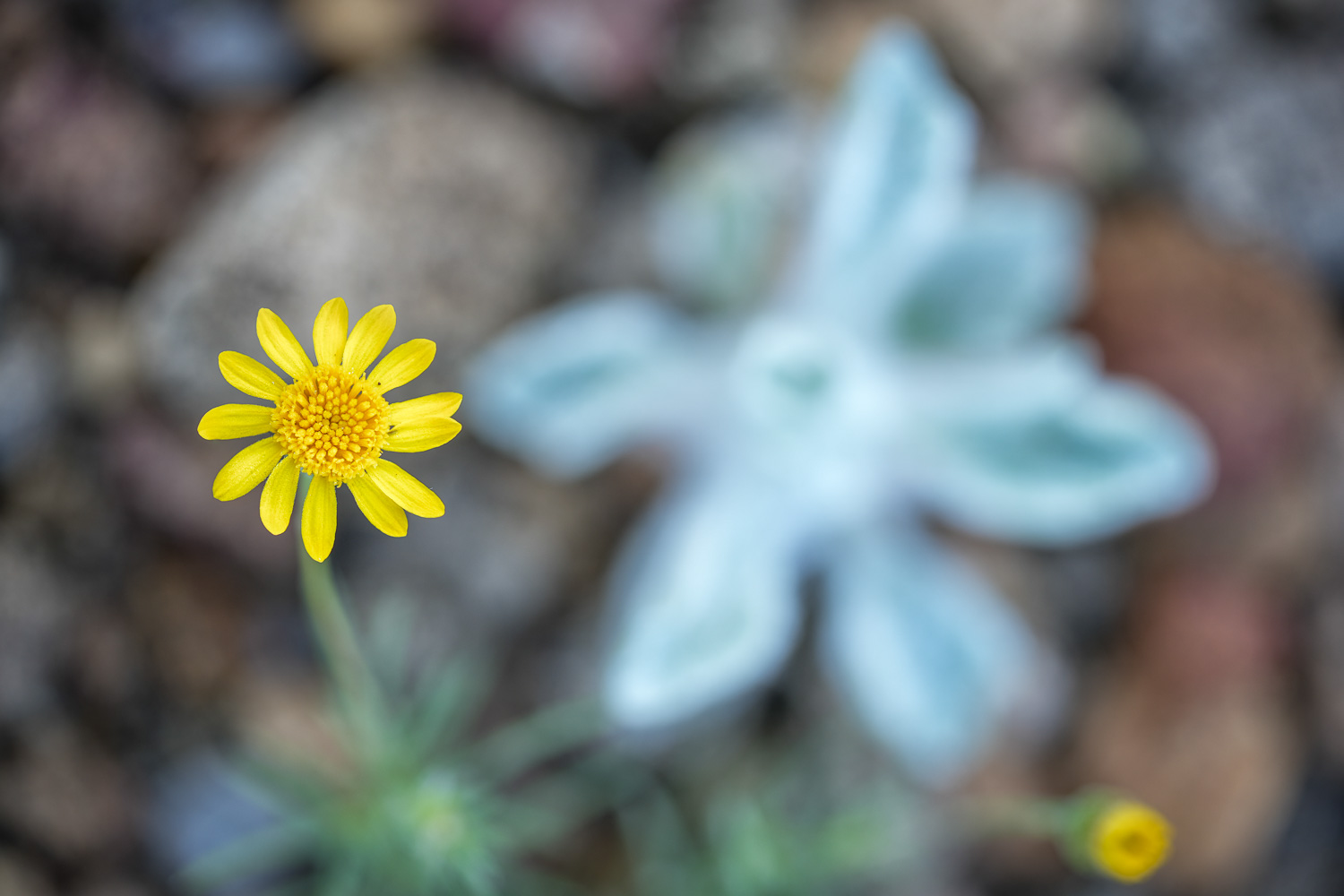Big Bend Bluebonnet (Lupinus havardii)
Description: Much taller than most bluebonnets, Big Bend or Havard bluebonnet grows 3-4 ft. high with the flowers on the upper 4–8 inches of the stem. The flowers of this winter annual are very deep blue with a lemon blotch. Palmate leaves are divided into seven leaflets. The tall stems and showy flowers of L. havardii distinguish it from L. subcarnosus, a smaller, less showy species, which was originally designated as Texas state flower (in 1901). In 1971, however, the state legislature designated all Lupinus species as the official state flower.
Family: Fabaceae
Synonym(s): Big Bend bluebonnet, Big Bend lupine, Havard bluebonnet, Chisos bluebonnet
USDA Symbol: LUHA
Duration: Annual
Habit: Herb
Size Class: 3-6 ft.
Bloom Color: Blue, Purple
Bloom Time: Feb, Mar, Apr
Water Use: Low
Light Requirements: Sun
Soil Moisture: Dry
Bloom Notes: Warning: Plants in the genus Lupinus, especially the seeds, can be toxic to humans and animals if ingested. Sensitivity to a toxin varies with a person’s age, weight, physical condition, and individual susceptibility. Children are most vulnerable because of their curiosity and small size. Toxicity can vary in a plant according to season, the plant’s different parts, and its stage of growth; and plants can absorb toxic substances, such as herbicides, pesticides, and pollutants from the water, air, and soil.
ATTRIBUTION: All of the Texas Wildflower images in this post are copyrighted and are the exclusive property of Terry B. Kahler. Reproduction without explicit written consent is prohibited. Some of the information contained in this section was taken from the Lady Bird Johnson Wildflower Center website and is being used under their terms of use. Redistribution from this site is prohibited. Additional information contained in this section was taken from the USDA website including the USDA code.
